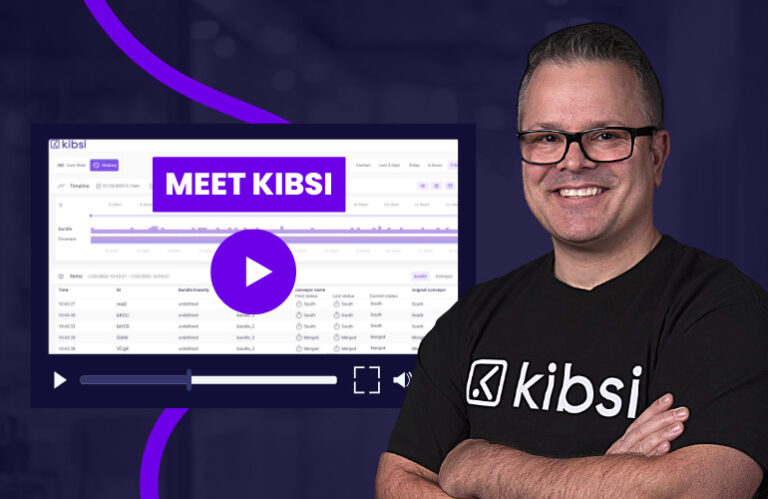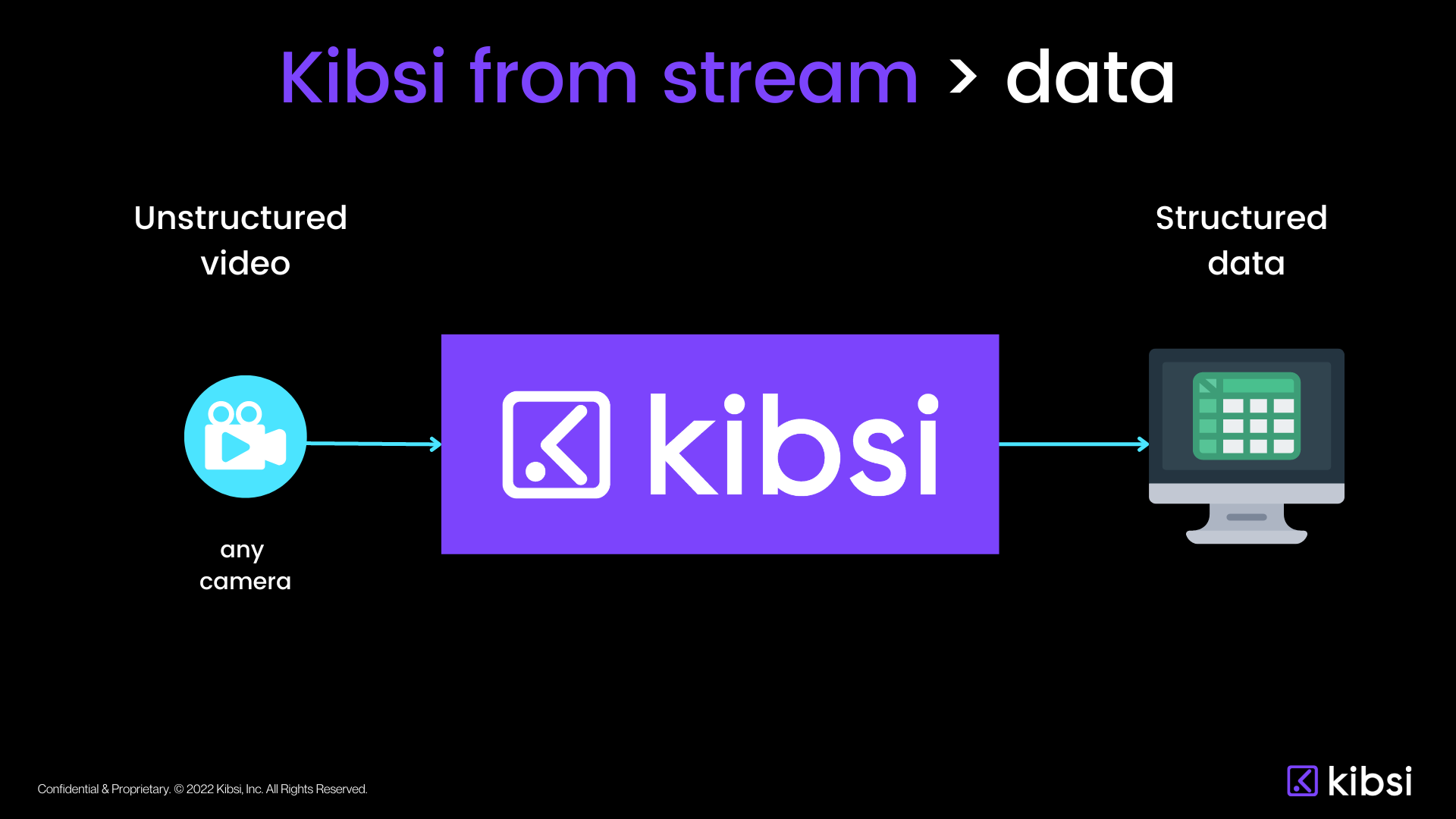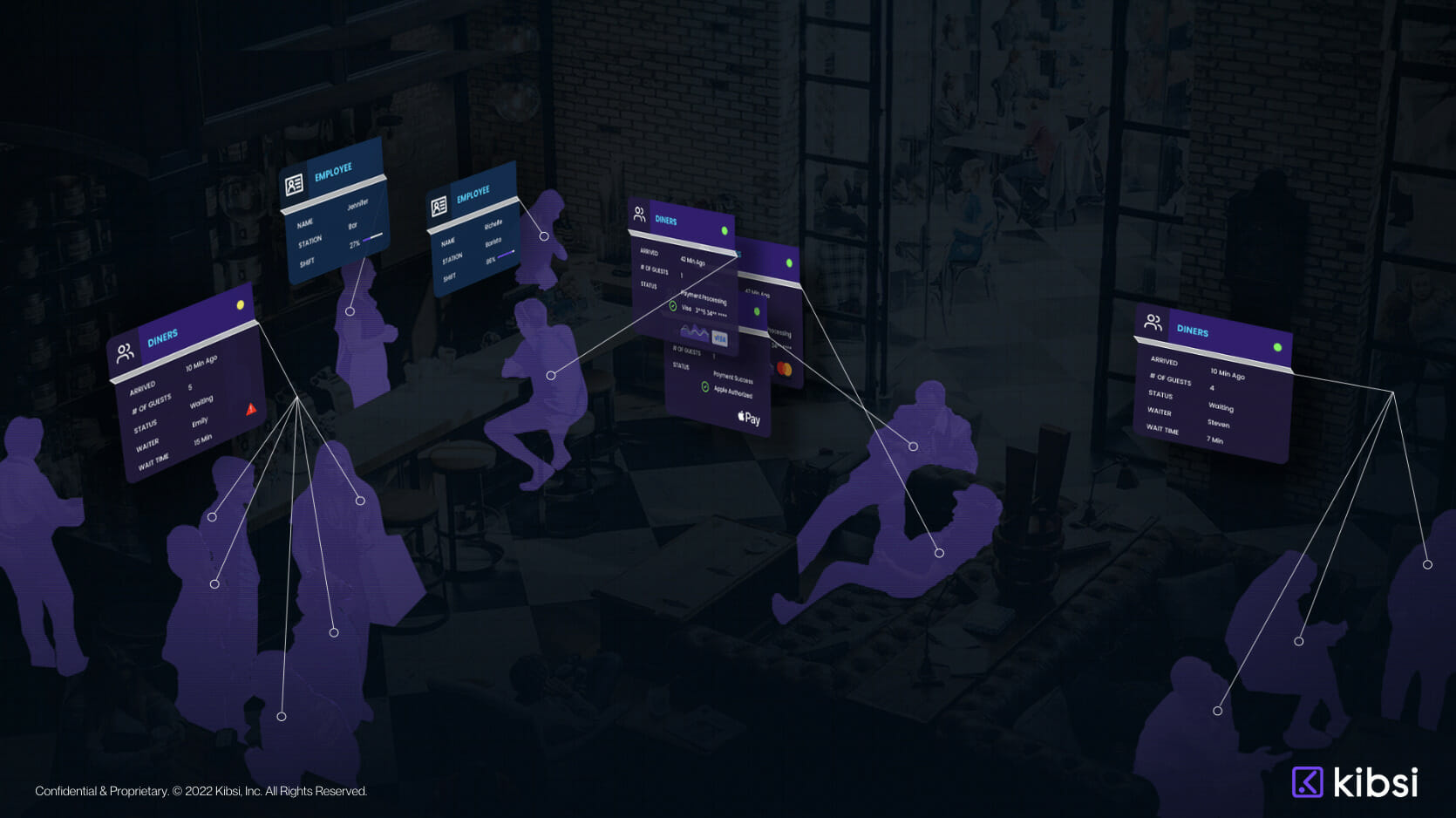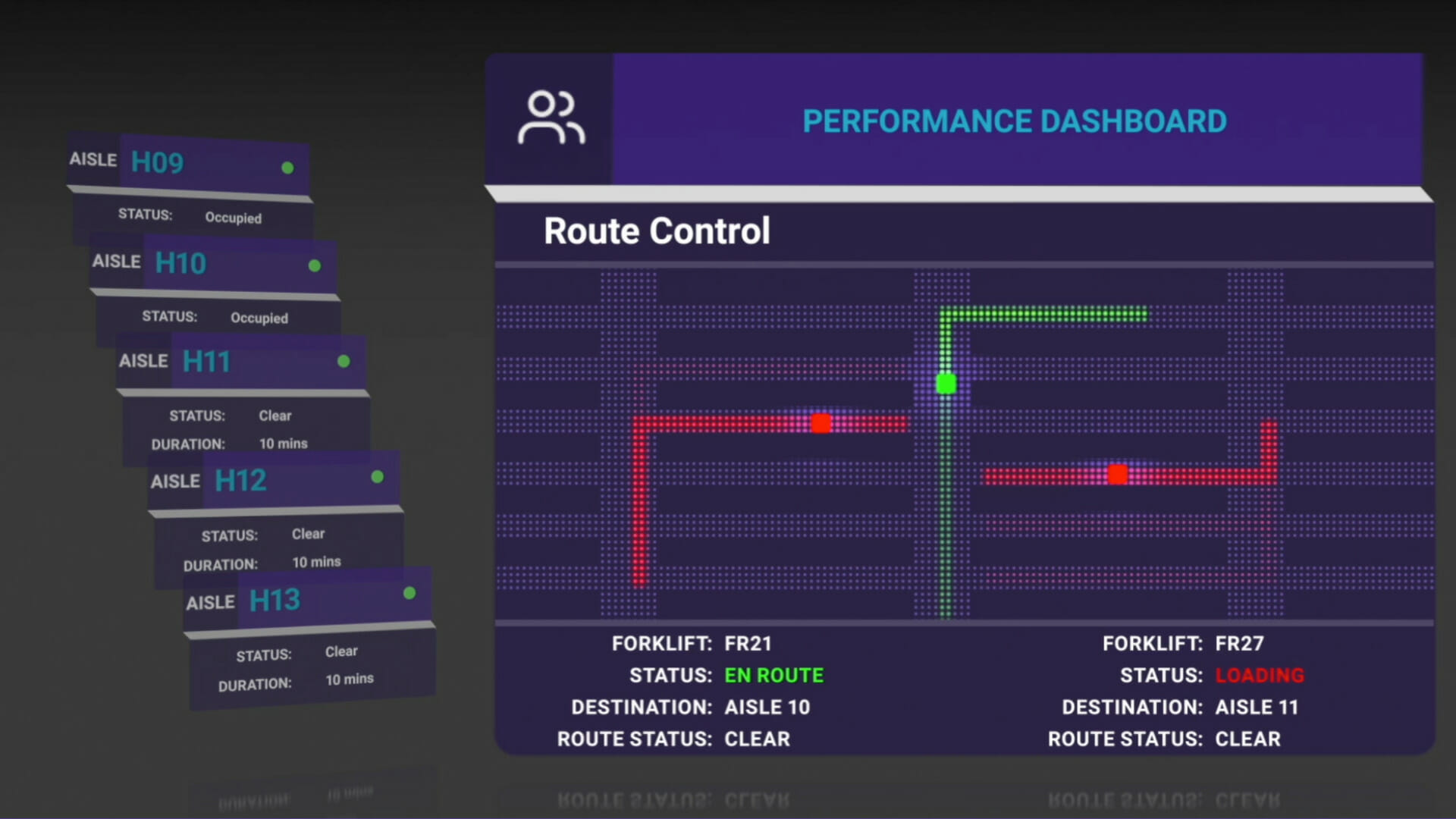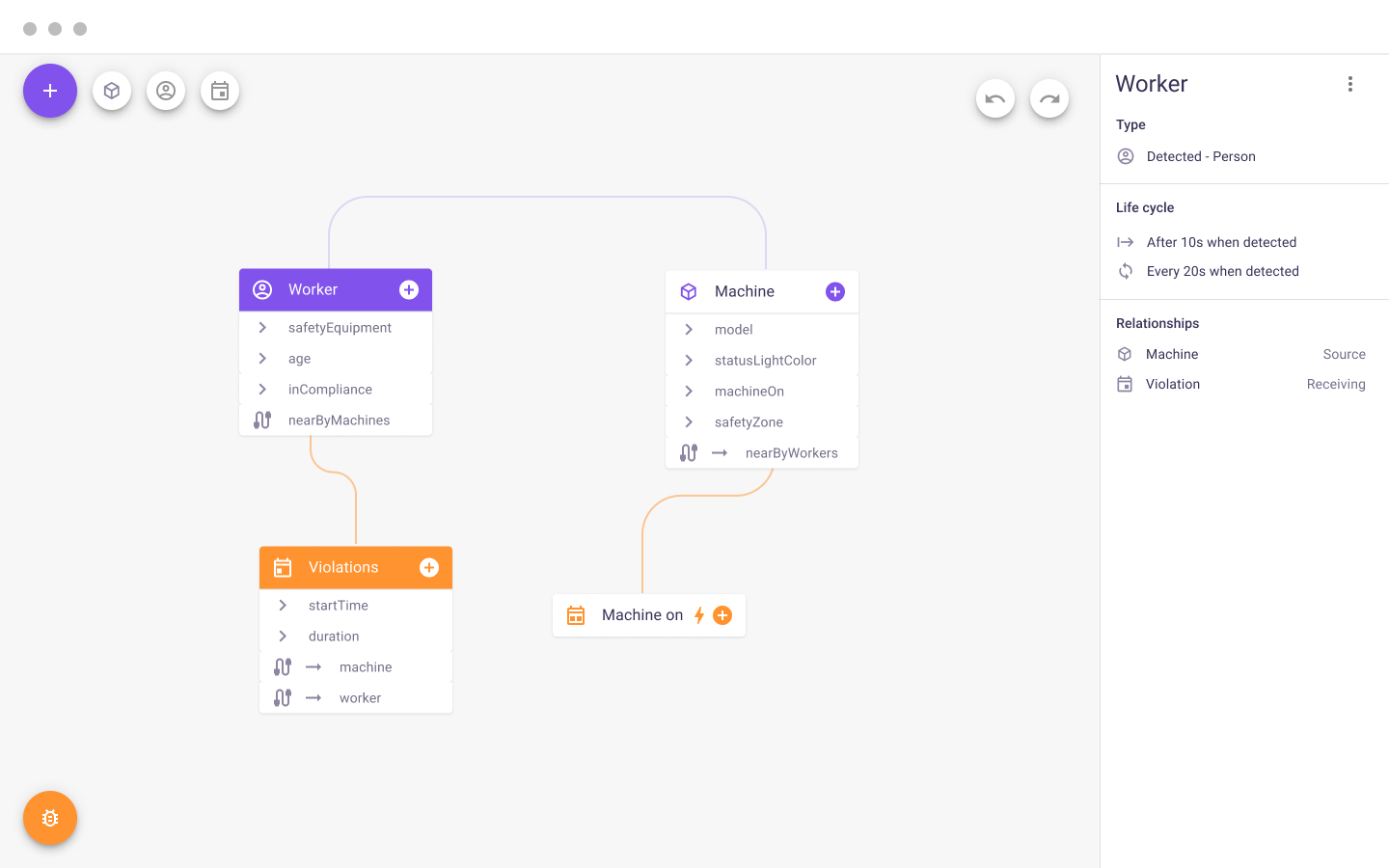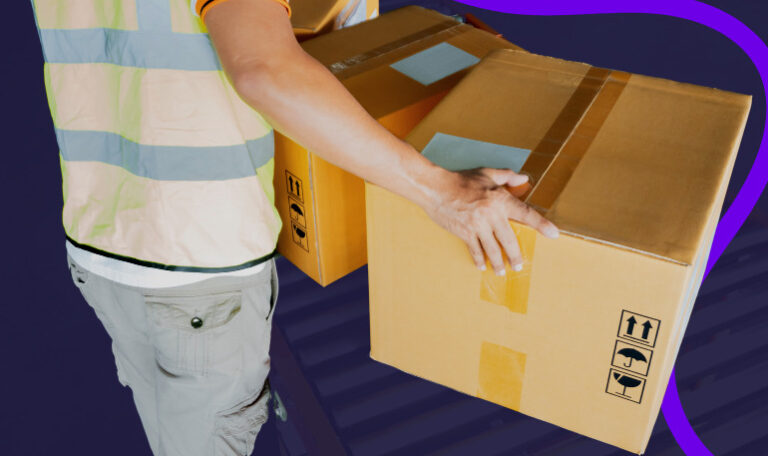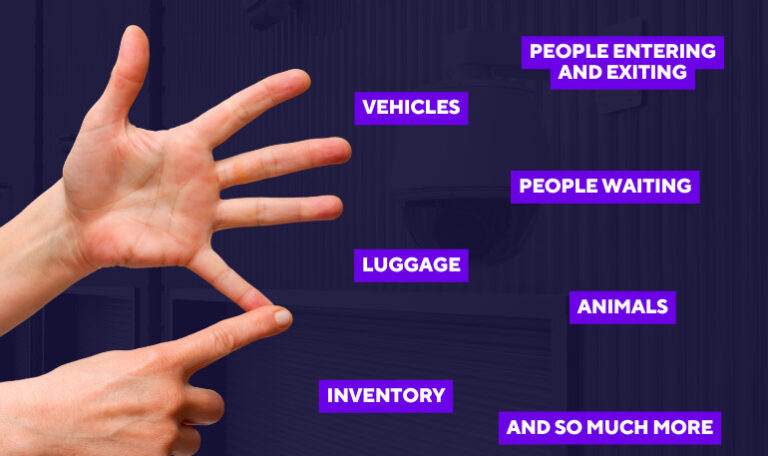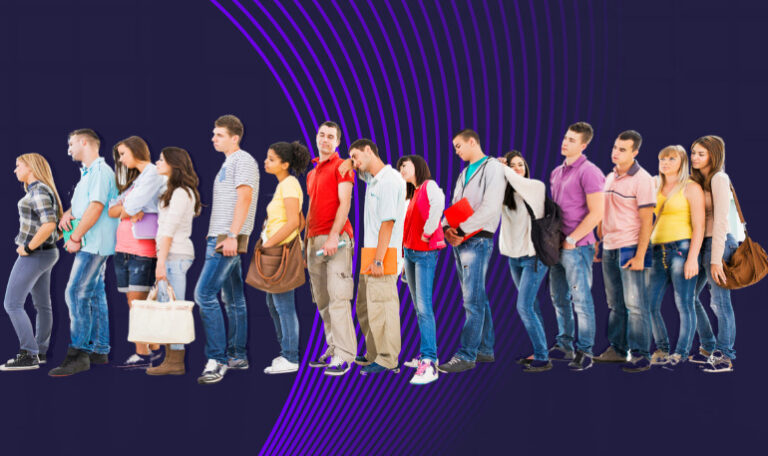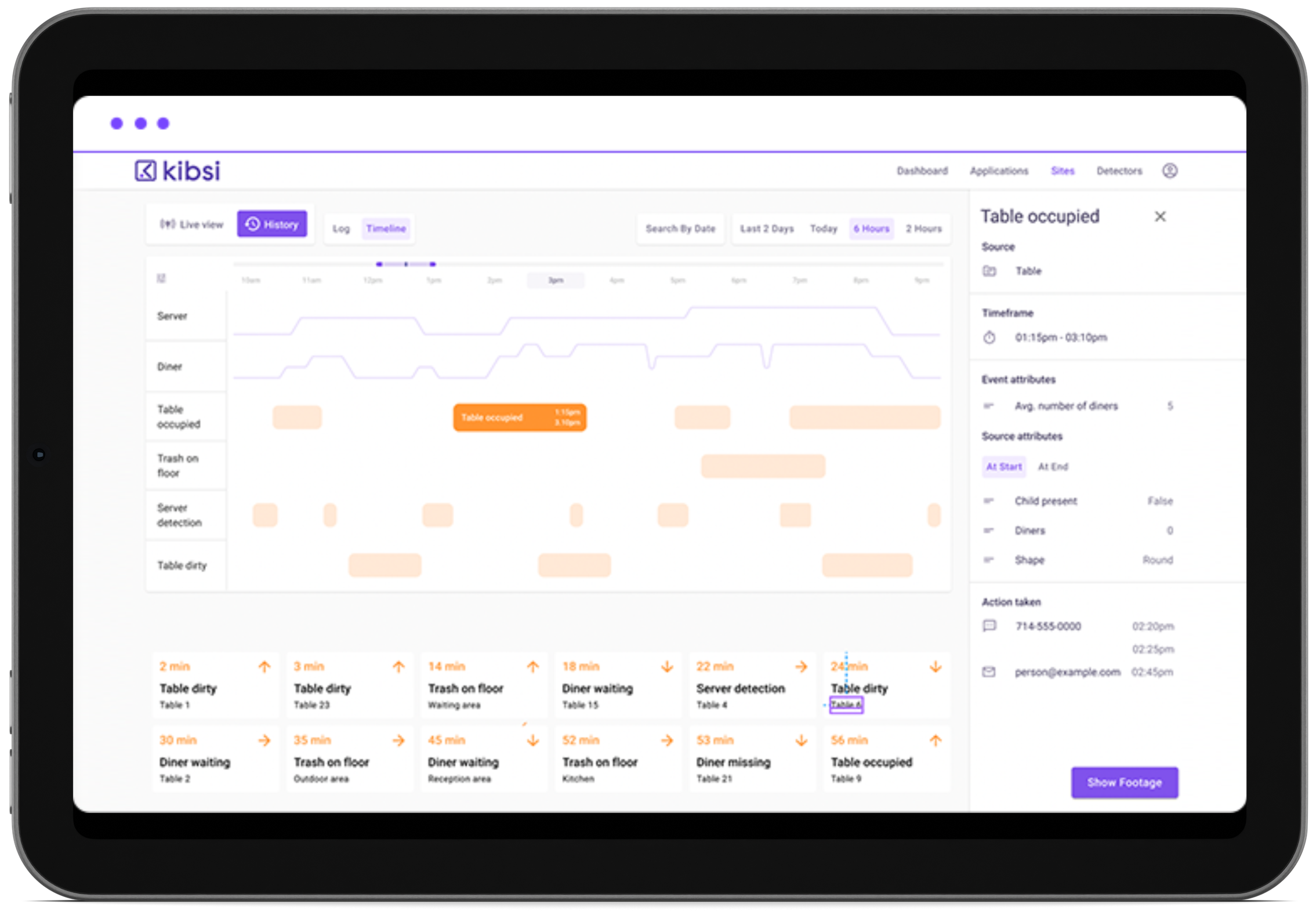It’s estimated that there are more than one billion cameras installed worldwide. And, even with all of these cameras producing a large amount of video data, almost none of it is being used in a meaningful way. Most of these cameras are only being used for security or liability purposes, but these cameras could see so much more and tell us so much more about our business.
So, why are businesses missing out on all the valuable data their cameras could provide? Well, the problem is that it’s really hard to build applications that take advantage of cameras.
Kibsi is a SaaS platform that solves this big problem. Kibsi streams live video from any camera, anywhere, and converts that video into structured data. The structured data looks just like any other database that the business is already using: it has tables, rows, and columns, and the data is mapped to the customer’s business domain.
Which lets us ask a very powerful question: If your cameras could produce a rich data model, and you could reason, monitor, report, and act on that data, what problems would you solve?
Let’s put this question in the context of a scene from a warehouse in the manufacturing industry. As humans, we can all easily see and understand what’s happening in this frame. And it’s this understanding that’s important, not the image itself. It’s the data that’s hidden inside this image that really matters. And, like us, Kibsi can see and recognize all the different objects and people in this image. But seeing and recognizing objects and people is not enough to solve business problems.
What we really need is the data that this image represents. What’s needed to solve a business problem is a rich understanding of the full context, expressed in the language of the business: What specific forklift are we looking at? Is it carrying the correct items and taking them to the expected location? Or, Is the forklift being operated in a safe manner?
And that question of ‘What problems would you solve with computer vision’ can be applied to a wide variety of use cases across many industry verticals, including manufacturing, supply chain, healthcare, and many others.
Let’s look at an example in the restaurant industry. Conventional computer vision can identify people and objects like chairs, tables, and plates. But by itself, just identifying those things isn’t’ useful. To make it useful, we need to provide context by giving our tables numbers, grouping them into stations, and determining the state of the table: whether it’s seated, empty, or ready to take an order, or any other data that’s important to the business
and then take that data and reason on top of it to answer questions, like “How long did our customers wait to be seated, or to place their order?” Or “How can we be notified whenever it takes too long for a table to receive their food?”
Now, let’s look at another example in the transportation industry. Computer vision can identify airplanes and trucks on the tarmac, but we need to know much more for this data to be useful. We need to do things like correlate tail numbers, flight numbers, and gate numbers and determine when the fuel truck started and finished fueling the plane, or when the catering truck arrived and started loading, or when the baggage trucks finished loading. Once we have that data, we can answer questions about business problems, like: “What ground operations are causing the most departure delays?” or “How can we improve the turn times of our aircraft at the gate?”
Finally, let’s take a more detailed look at our forklift use case. Again, computer vision does a great job of identifying objects in the warehouse. But what if we want to solve a real business problem, like route optimization? We can capture a rich set of data, like which forklifts are carrying which items, where they are headed, and which aisles are blocked. Once we have that data, we can determine the optimal routes for forklift operators to take to maximize the efficiency of each pickup, route, and dropoff.
In all of these examples, there’s a big gap between cameras and producing useful data from those cameras. And closing that gap is the reason we developed the Kibsi platform.
Kibsi can extract almost any data from any camera so that computer vision can be customized to solve problems across almost any industry vertical or use case. Kibsi makes it easy for anyone in the business to build a custom computer vision solution by providing a no-code, drag-and-drop visual designer to define the specific data they want to extract to solve their unique business problems.
By connecting any camera stream to Kibsi, you can effectively turn the real world into a structured database,
see the data you care about, and start solving business problems using computer vision.
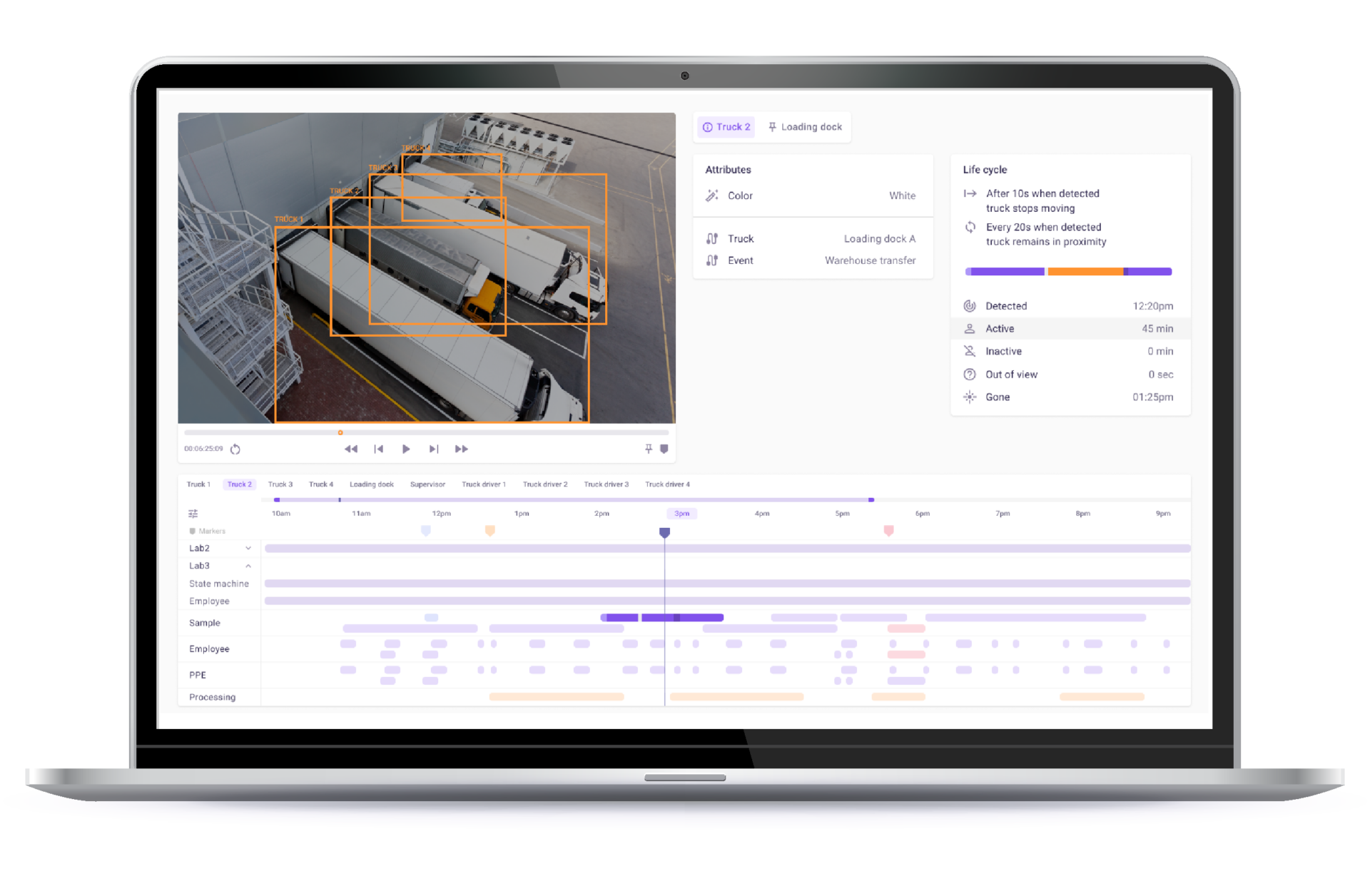
or ask any questions you have about turning your camera streams into actionable data using Kibsi. We look forward to hearing from you!


